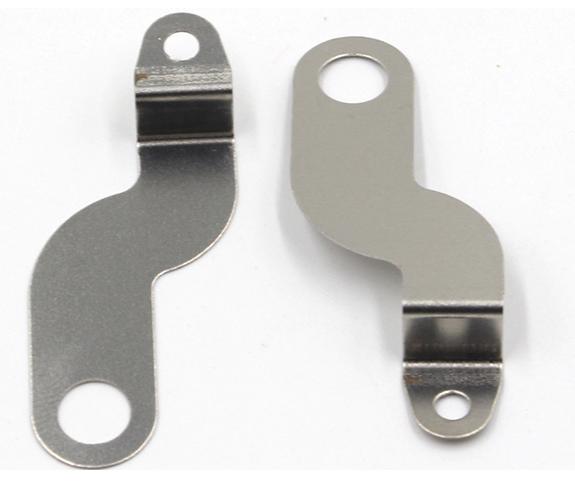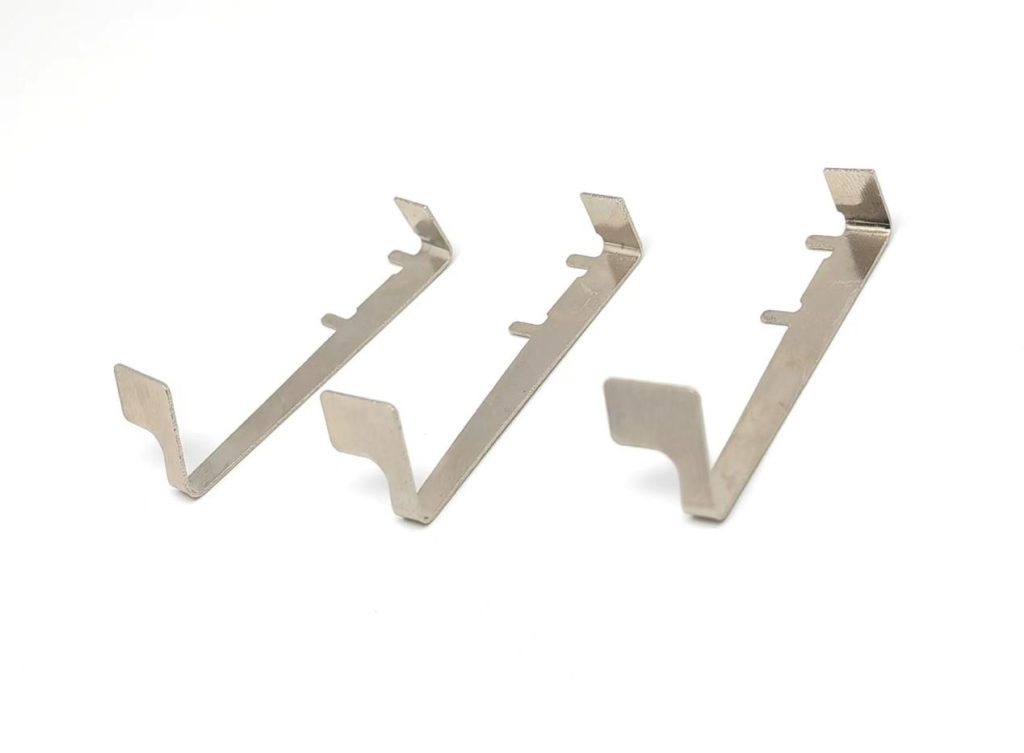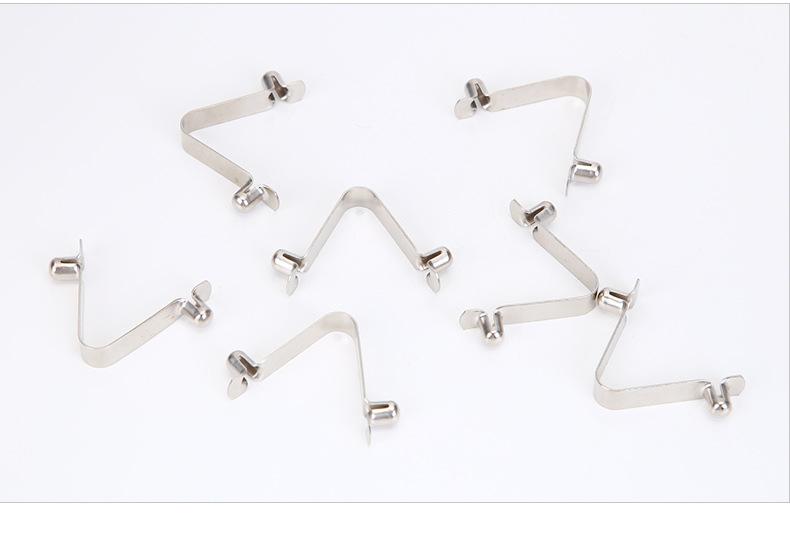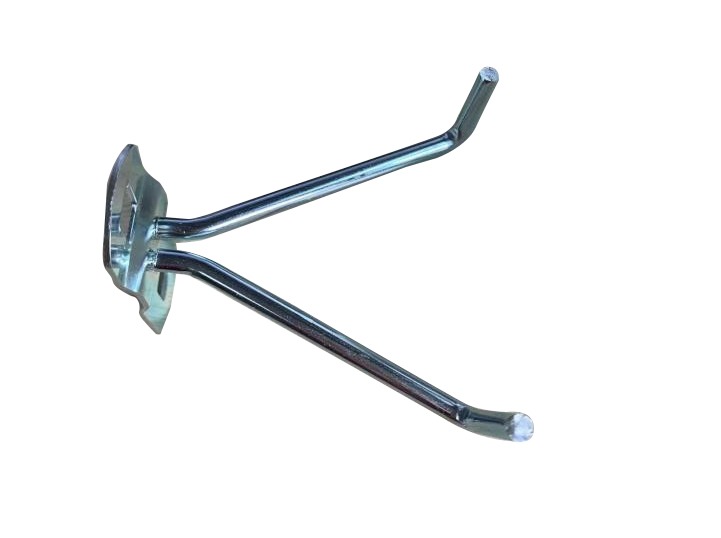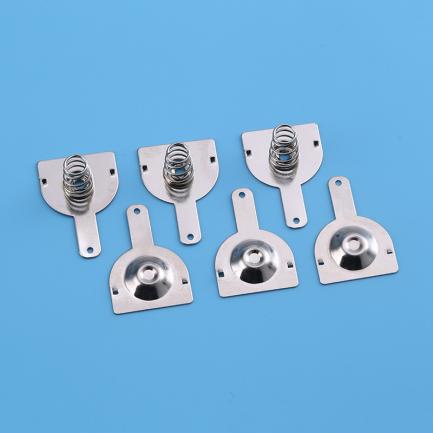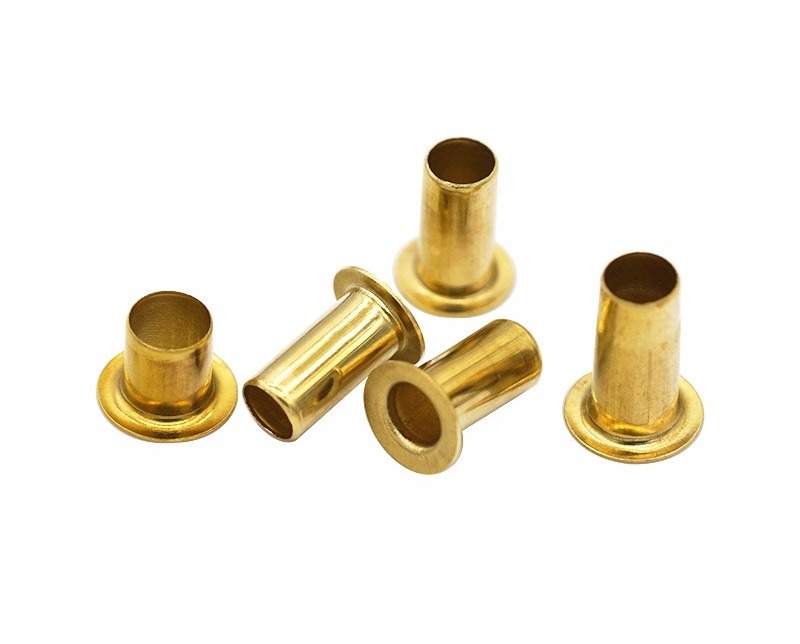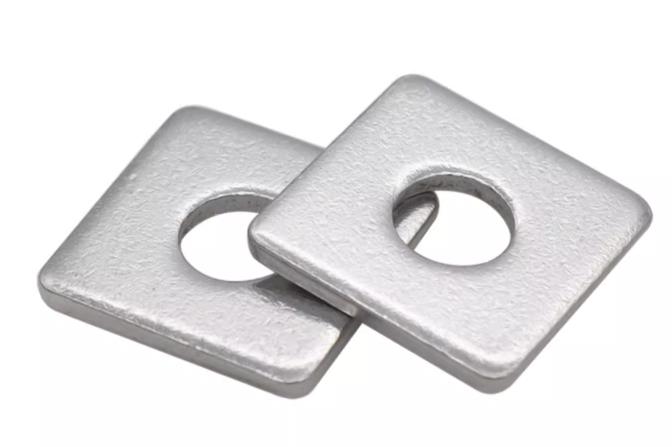Precision Metal Stamping: Producing Parts with Very Precise Dimensions
Precision metal stamping is a manufacturing process that uses a stamping press to form sheet metal into precise shapes and parts. It is a versatile process that can be used to create a wide variety of parts, from simple to complex. Precision metal stamping is often used in the automotive, aerospace, medical, and electronics industries.
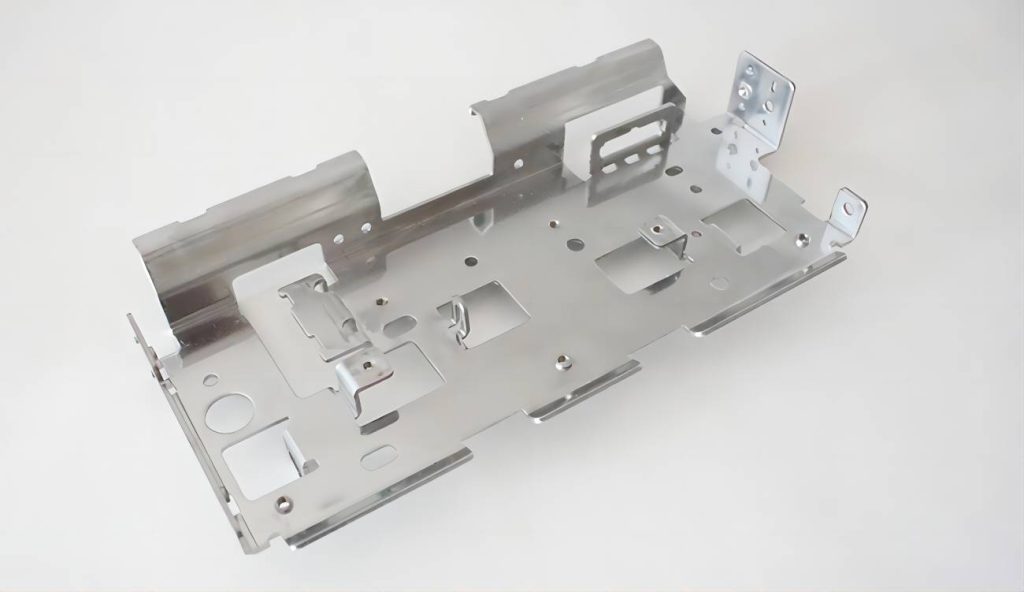
Types of Precision Metal Stamping
There are many different types of metal stamping, each with its own unique set of capabilities. Some of the most common types of precision metal stamping include:
- Progressive stamping: This is the most common type of precision metal stamping. It uses a series of dies to form the part in a single operation. This is a very efficient process that can produce high volumes of parts.
- Four-slide stamping: This is a more complex type of precision metal stamping that uses four dies to form the part. It is used for parts with more complex shapes. This process is more expensive than progressive stamping, but it can produce parts with tighter tolerances.
- Deep drawing: This is a type of precision metal stamping that is used to form parts with deep cavities. This process is used to produce parts such as beverage cans and car doors.
- Coining: This is a type of precision metal stamping that is used to create a raised or depressed image on the surface of the metal. This process is used to produce coins, medals, and other decorative items.
- Embossing: This is a type of precision metal stamping that is used to create a raised image on the surface of the metal. This process is used to produce labels, packaging, and other products.
- Bending: This is a type of precision metal stamping that is used to bend the metal into a specific shape. This process is used to produce parts such as brackets, hinges, and other structural components.
- Notching: This is a type of precision metal stamping that is used to create a notch in the metal. This process is used to produce parts such as keys, clips, and other fasteners.
- Trimming: This is a type of precision metal stamping that is used to remove excess material from the metal. This process is used to produce parts such as sheet metal panels and other products.
Processes Involved in Precision Metal Stamping
The following are the important steps involved in precision metal stamping:
- Design: The first step is to design the part to be stamped. This includes determining the shape, size, and tolerances of the part. The design engineer will need to consider the material that will be used, the stamping process that will be used, and the final application of the part.
- Tooling: The next step is to create the tooling for the stamping process. This includes the dies, punches, and other tools that will be used to form the part. The tooling is typically made of hardened steel and is custom-made for each part.
- Stamping: The stamping process is the actual production of the part. This is done by feeding the metal sheet into the stamping machine and then using the dies to form the part. The stamping process can be automated or manual.
- Quality control: The final step is to inspect the part to ensure that it meets the required specifications. This may involve measuring the dimensions of the part, checking for defects, and testing the functionality of the part.
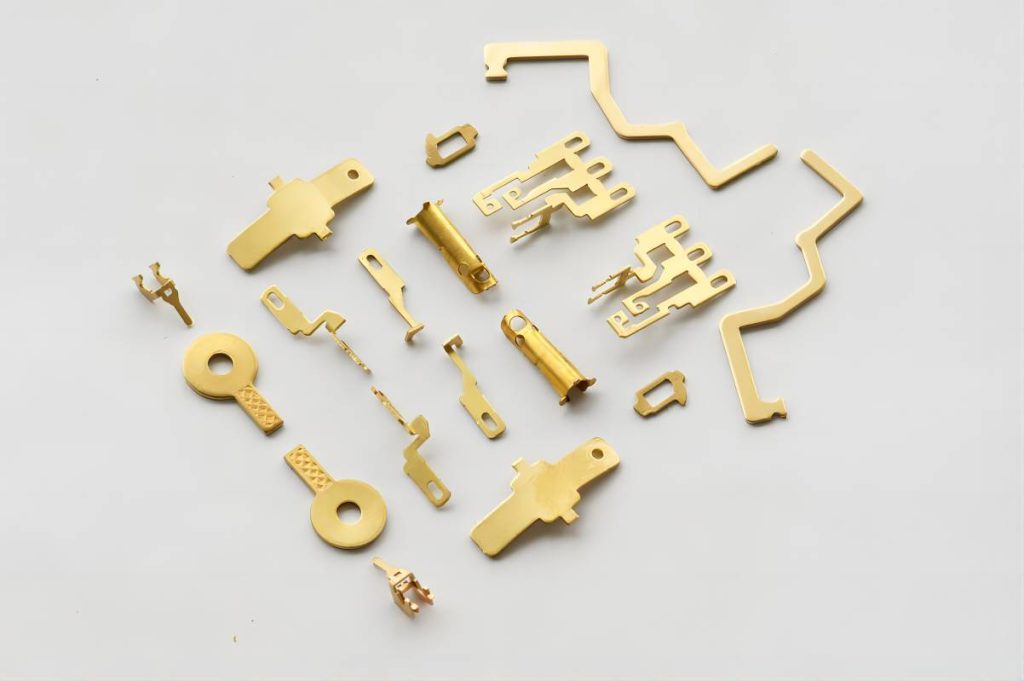
Tools and Equipment Used in Precision Metal Stamping
The following are some of the tools and equipment that are used in precision metal stamping:
- Blanking dies: These are the dies that are used to create the initial blank of the part. The blank is the piece of metal that will be formed into the final part. The blanking dies must be carefully designed to ensure that the blank is cut to the correct size and shape.
- Progressive dies: These are dies that are used to form the part in a single operation. The progressive dies are arranged in a series, and the part is formed as it moves through the dies. Progressive dies are the most efficient type of dies and are often used for high-volume production.
- Four-slide dies: These are dies that are used to form parts with more complex shapes. The four-slide dies have four stations, and the part is formed in a series of steps. Four-slide dies are more complex than progressive dies, but they can be used to create parts with very intricate shapes.
- Coining dies: These are dies that are used to create a raised or depressed image on the surface of the metal. The coining dies are very precise and are often used to create logos or other decorative features.
- Embossing dies: These are dies that are used to create a raised image on the surface of the metal. The embossing dies are less precise than coining dies, but they are faster and can be used to create larger images.
- Bending dies: These are dies that are used to bend the metal into a specific shape. The bending dies are versatile and can be used to create a wide variety of shapes.
- Notching dies: These are dies that are used to create a notch in the metal. The notching dies are simple and can be used to create a variety of notches.
- Trimming dies: These are dies that are used to remove excess material from the metal. The trimming dies are simple and can be used to create a variety of shapes and sizes.
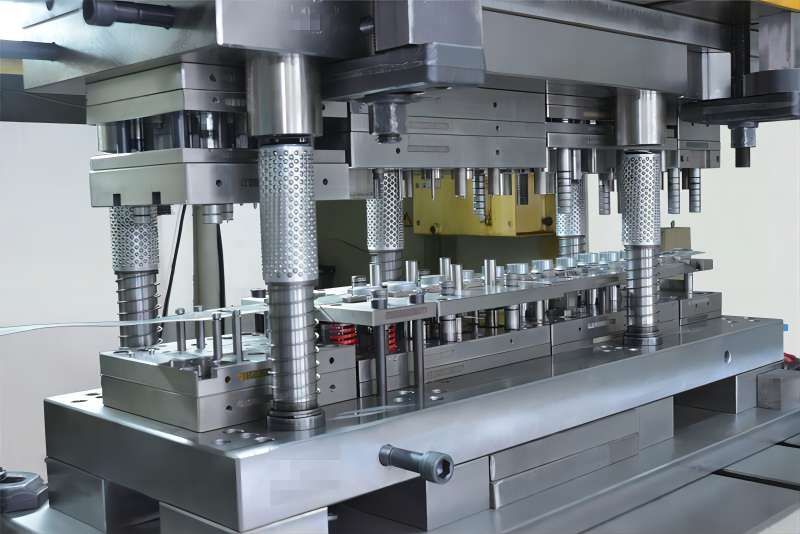
Materials Used in Precision Metal Stamping
The following are some of the materials that are commonly used in precision metal stamping:
- Steel: Steel is a versatile material that can be used for a wide variety of applications. It is strong, durable, and can be easily machined.
- Aluminum: Aluminum is a lightweight material that is often used for parts that need to be strong but lightweight. It is also relatively inexpensive.
- Brass: Brass is a strong and corrosion-resistant material that is often used for parts that need to be exposed to the elements.
- Copper: Copper is a good conductor of heat and electricity, making it a good choice for parts that need to be used in these applications.
- Nickel: Nickel is a strong and corrosion-resistant material that is often used for parts that need to be used in harsh environments.
Applications of Precision Metal Stamping
Precision metal stamping is used in a wide variety of applications, including:
- Automotive: Precision metal stamping is used to create a variety of parts for automobiles, including body panels, bumpers, and engine components.
- Aerospace: Precision metal stamping is used to create a variety of parts for aircraft, including fuselage panels, landing gear, and engine components.
- Medical: Precision metal stamping is used to create a variety of medical devices, including surgical instruments, implants, and diagnostic equipment.
- Electronics: Precision metal stamping is used to create a variety of electronic components, including circuit boards, connectors, and housings.
- Other industries: Precision metal stamping is also used in a variety of other industries, including telecommunications, construction, and packaging.
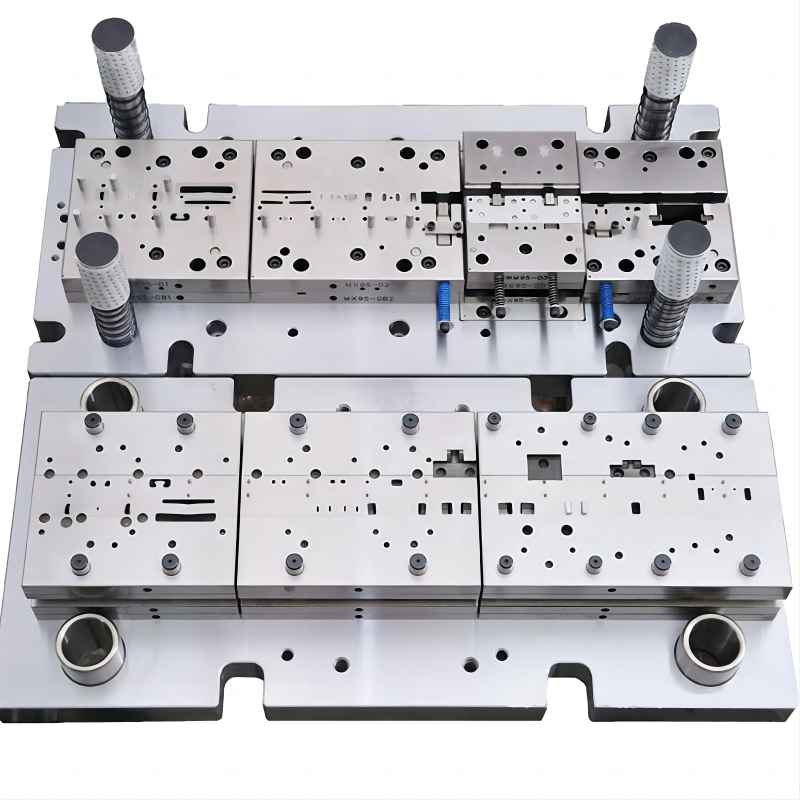
Conclusion
Precision metal stamping is a versatile and efficient manufacturing process that can be used to create a wide variety of parts. It is a cost-effective process that can produce parts with very precise dimensions. However, the tooling can be expensive to produce and the process can be complex. If you are considering precision metal stamping for your next project, be sure to do your research and choose a reputable metal stamping supplier. With careful planning and execution, precision metal stamping can be a cost-effective and efficient way to produce high-quality parts.

